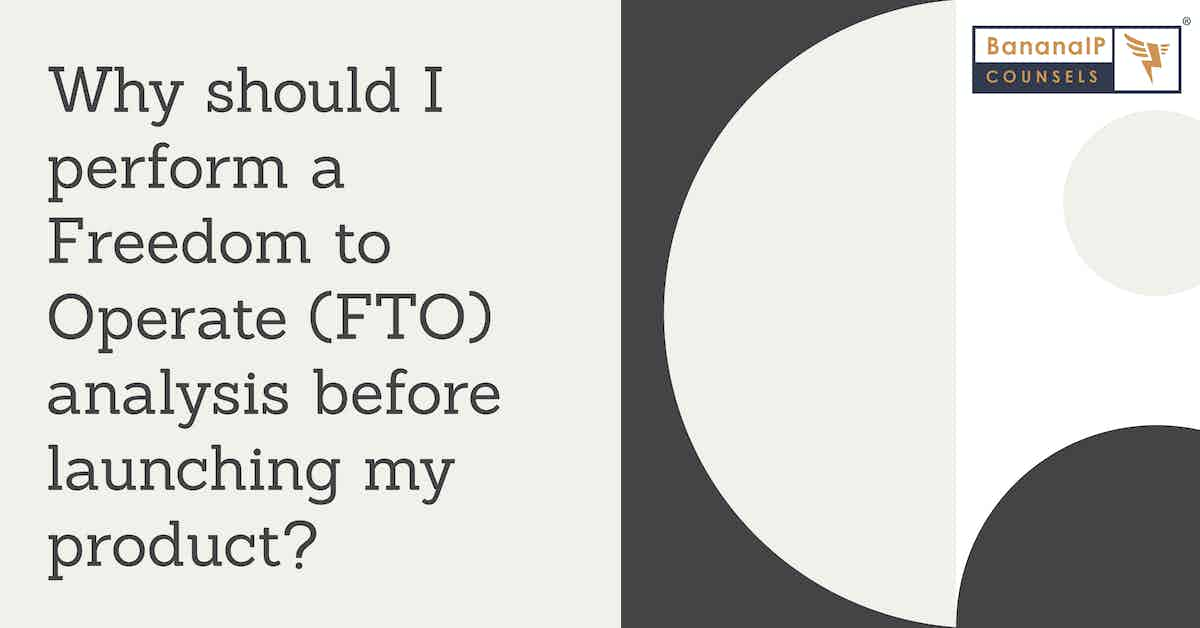Why should I perform a Freedom to Operate (FTO) analysis before launching my product?
As a product developer, you likely put a lot of time and resources into developing your product. You want to be sure that you will not face any legal issues when you launch your product. This is where a Freedom to Operate (FTO) analysis comes in.
An FTO analysis can help you determine whether there are any patents that could block you from launching your product. This type of analysis is especially important if you are planning to launch a new product that is similar to an existing one.
There are many factors to consider when conducting an FTO analysis. You will need to identify all relevant patents, assess the risk posed by each patent, and determine whether there are any potential workarounds.
The first step in conducting an FTO analysis is to identify all relevant patents. You can do this by searching online patent databases or hiring a professional patent search firm. Once you have identified all relevant patents, you need to assess the risk posed by each one.
To assess the risk posed by a patent, you need to consider its scope, expiration date, and whether there are any prior art references that could invalidate it. The scope of a patent defines what products or activities are covered by the patent claims. A broad scope means that the patent poses a greater risk because it covers more products or activities than a narrow scope patent would. An expired patent poses no risk because it can no longer be enforced against infringing products or activities. Prior art references can invalidate a patent if they show that the claimed invention was already known or obvious at the time the application for the patent was filed.
After assessing the risks posed by each relevant patent, you need to determine whether there are any potential workarounds. A workaround is an alternative way of implementing your product or process that does not infringe on any valid patents.
Disclaimer: This article was initially generated using an AI technology, and was later updated by IP attorneys at BananaIP Counsels. The authorship of this article vests with the AI technology, and BananaIP or it’s attorneys do not take any responsibility or authorship with respect to the article. The opinions expressed in the article are those of the AI machine, and not those of attorneys of BananaIP. You are advised to take legal opinion before taking any action based on this article. BananaIP or it’s attorneys do not endorse the authenticity or factual validity of this article, and all liability is expressly disclaimed.
If you wish to take this article down based on IP or any other violation, you may follow the take down process provided in our terms of service/use.



